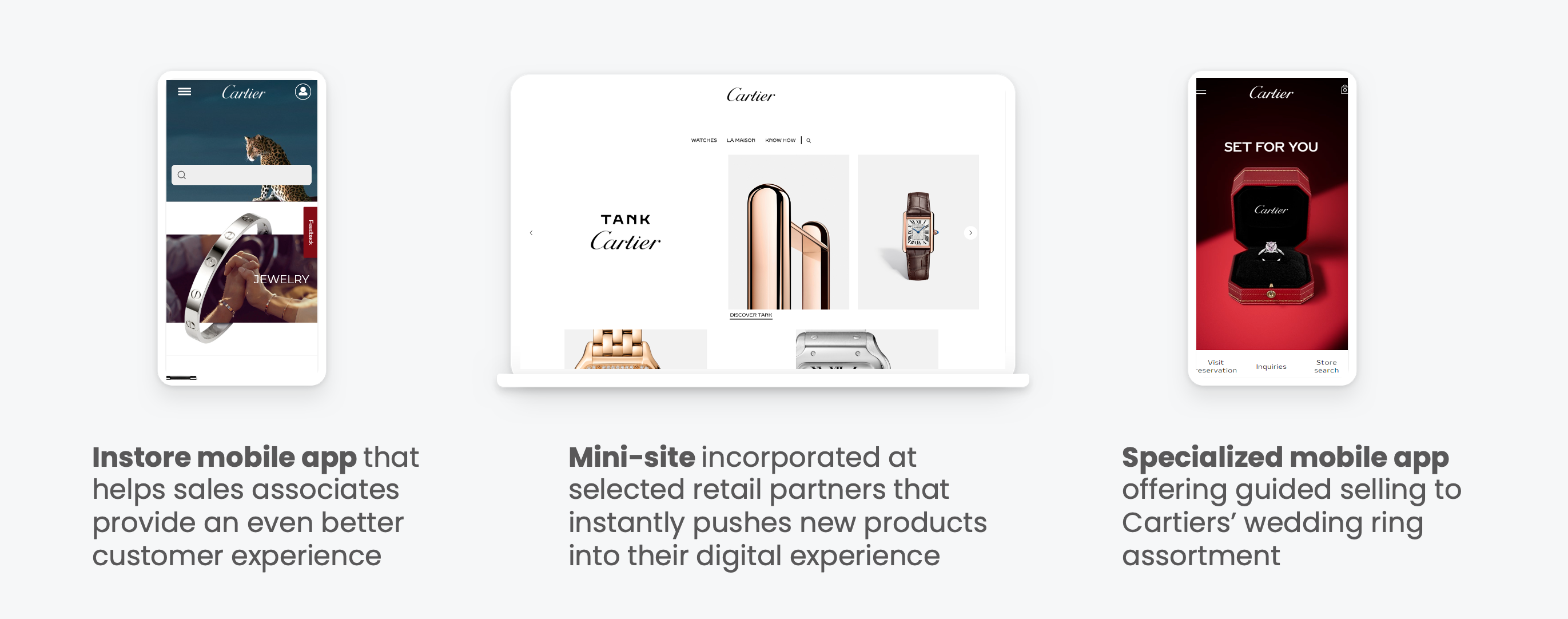Data Fabric is a solution that aims to change the way organizations store and access their customer data. The outcome is less time wasted on integration, easier access to more data, a holistic approach to how you use this data to build stronger and more relevant customer experiences.
In this blog, I explain what Data Fabric is, how it works, and why the world’s leading companies are using Data Fabric to beat the competition on customer experience.
What is Data Fabric?
Data Fabric is a design concept that serves as an integrated layer (fabric) of data and connecting processes. It uses continuous analytics over existing, discoverable, and inference metadata assets to support the design, deployment, and utilization of integrated and useable data across all environments, spanning hybrid multi-cloud environments.
A data fabric is not a single piece of technology, it’s a holistic data strategy to leverage all existing investments.
How does it work?
In some respects, the Data Fabric is a new strategic approach to enterprise storage operations. It can access any location, including internal, public and private clouds, as well as edge and IoT devices while maintaining centralized management.
Data Fabric is built based on a rich set of data management functions to ensure the consistency of the integrated environment. It can reduce tedious management work through automation, speed up development/testing and deployment, and protect your assets around the clock.
In this unified platform, you can monitor costs, performance, and efficiency, regardless of where the data is located. After gaining insights about the instructable actions of a hybrid cloud environment, you can quickly make changes to it, including fixing problems, addressing compliance risks and security.
Among the many advantages that a data fabric affords, data visibility and insights, data access and control, data protection, and security quickly rise to the top.
What are the real benefits of a Data Fabric and why should you care?
Today’s winners are leading with knowledge and insights. The secret to staying ahead in this competitive landscape is to close the gap between available knowledge and information, then improve the way you turn this information into insights.
The complexity of scale, business, and people stop businesses from closing this gap. The boundaries between people and data often equate to a situation where not much is being done. Data Fabric exists to unlock your data from silos, relieve time spent on integration tasks, and free up bandwidth so that your teams can spend more time building relevant digital experiences.
IBM estimates that a huge 60-73% of enterprise data goes completely unused by companies – just imagine the relevant experiences you could build with easy access to all your data!
If your goal includes reducing integration time, creating more personalized and compelling customer experiences, and improving collaboration with centralized data, then Data Fabric could be the answer to all of your problems.
Data Fabric is such a hot topic that Gartner recently listed it within their Top 10 tech trends.
.png?width=1200&name=Gartner%20facts%20(1).png)
*Source: Smarter with Gartner Top 10 data and analytics trends of 2021
Occtoo’s Experience Data Platform provides a complete Data Fabric solution for building customer experiences applications
Data Fabric isn’t one set of definable tools or software solutions, but it’s the acknowledgment that organizations can no longer survive by piecing together despairing data assets from different systems that have been layered onto one another over the years.
The Occtoo Experience Data Platform is a Data Fabric solution, tailored for building customer experience applications. Occtoo makes it simple and fast to access and unify enterprise data from backend systems such as CRM, ERP, PIM. You can then easily combine these assets into unique datasets that's instantly available through real-time APIs, to any frontend, channel, or device, while collecting behavioural data every time someone uses your application.
With our Experience Data Platform, you can quickly move to a Data Fabric and build applications 4x faster. Imagine launching a new experience in 6 weeks instead of the normal 6 months!

Cartier has built an app universe powered by Occtoo's Data Fabric solutions 4x faster than if they would had done it with a traditional approach.
A business that has succeeded with this approach is global luxury brand, Cartier. Using our Data Fabric solution they have managed to quickly build a stellar app universe with several new CX apps supporting their team and customers across the world both online and in their 300 retail boutiques. They have also managed to do this without ripping and replacing in their existing tech stack since the Occtoo Experience Data Platform just sits on top of those systems, making their previous investments in backend systems (CRM, PIM, ERP etc) even more valuable.
.png?width=1200&name=Unify%2c%20increase%2c%20faster%20(1200%20%C3%97%20227%20px).png)

About Occtoo
Occtoo’s provides a complete Data Fabric solution called an Experience Data Platform, for building customer experience applications. Our platform makes it simple and fast to access and unify enterprise data from backend systems such as CRM, ERP, PIM, etc. and combines it with behavioural and contextual data to create relevant digital experiences that can be deployed in any channel or frontend in real-time at a global scale. Occtoo was founded in 2019 and proudly includes Cartier, Fjällräven, and Nordic Nest on their customer list. Occtoo is certified by the MACH Alliance
